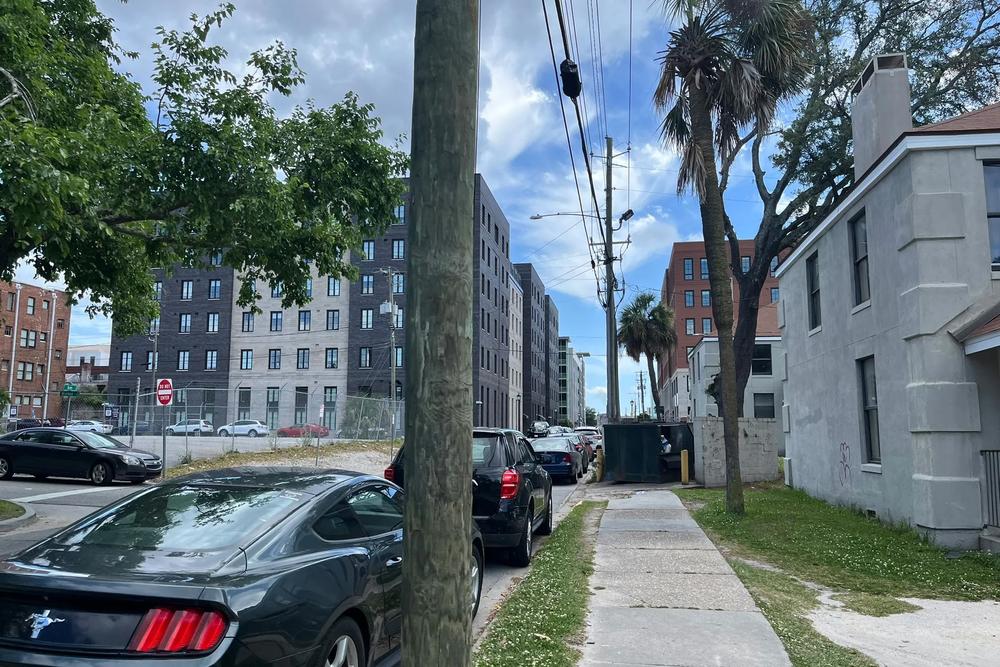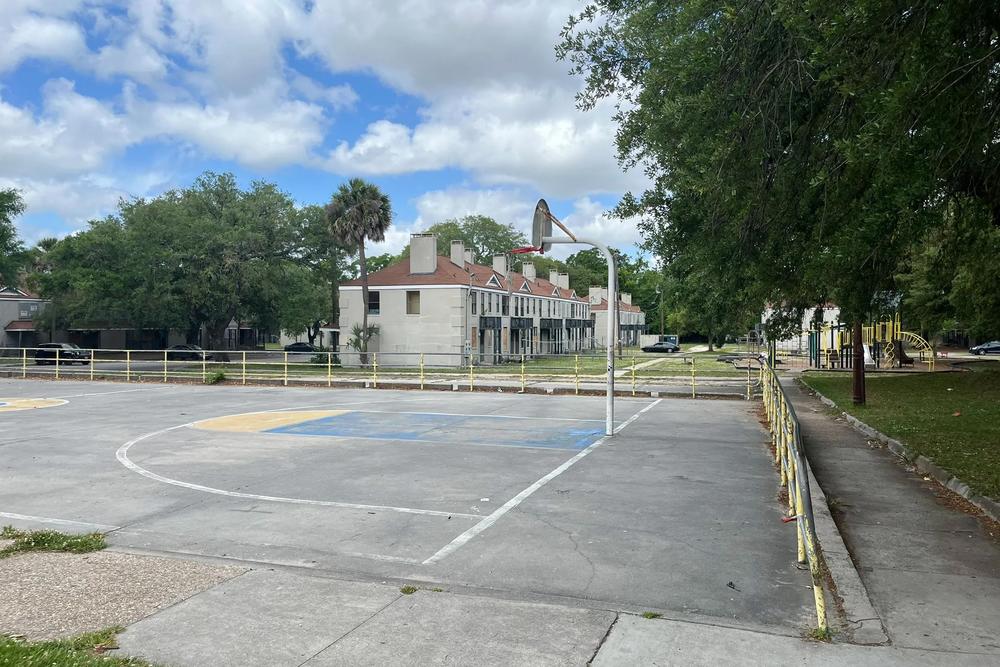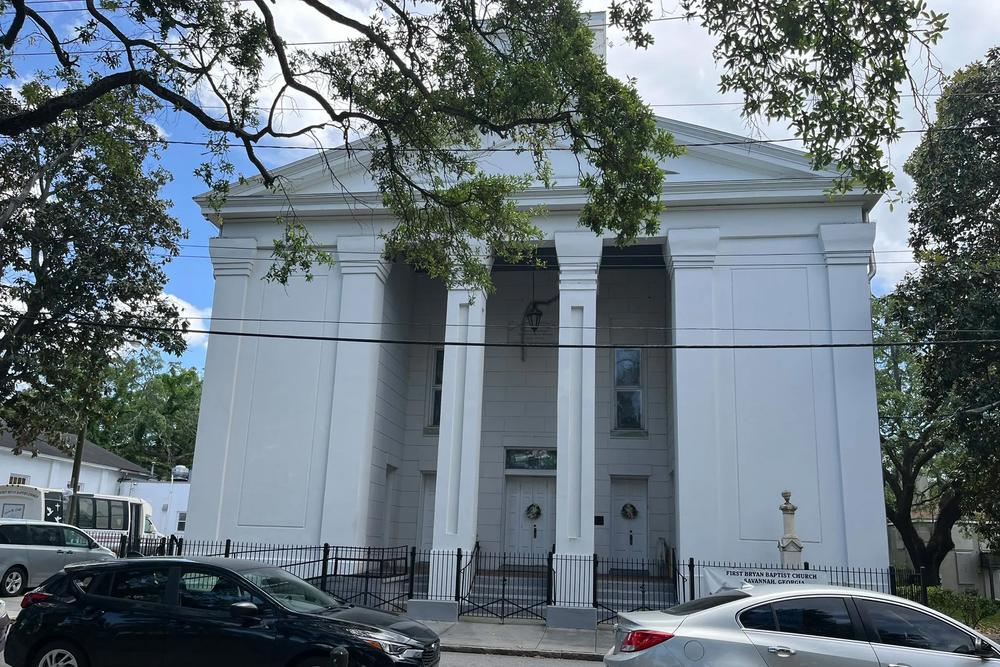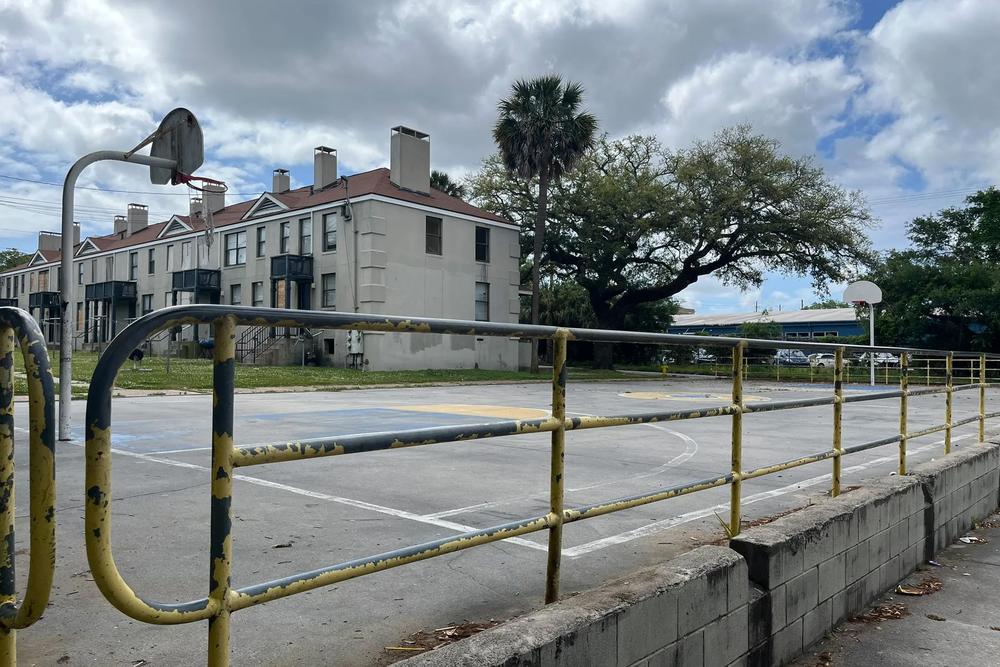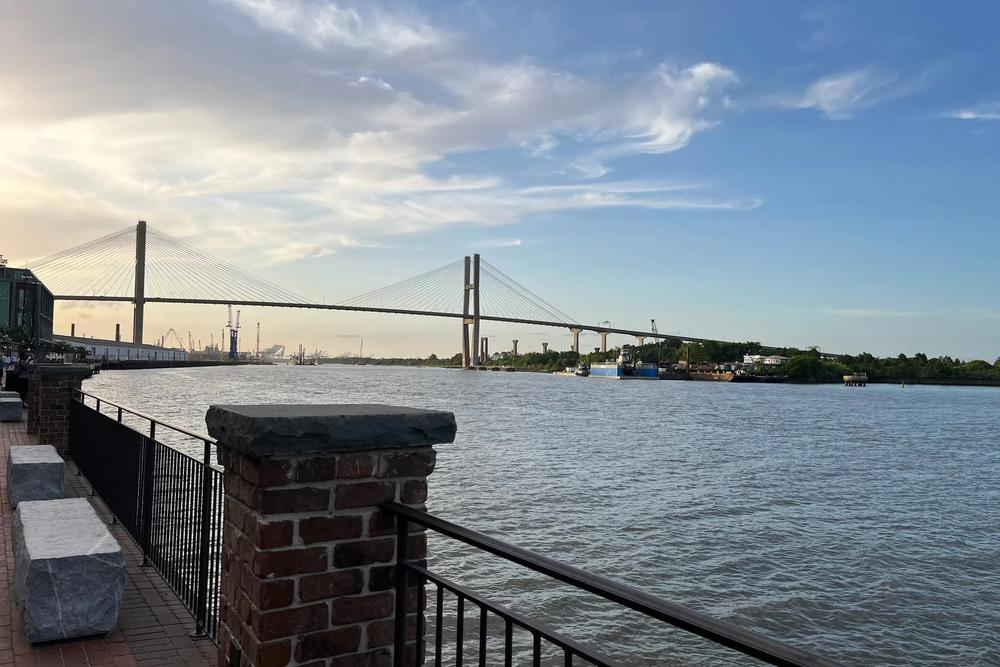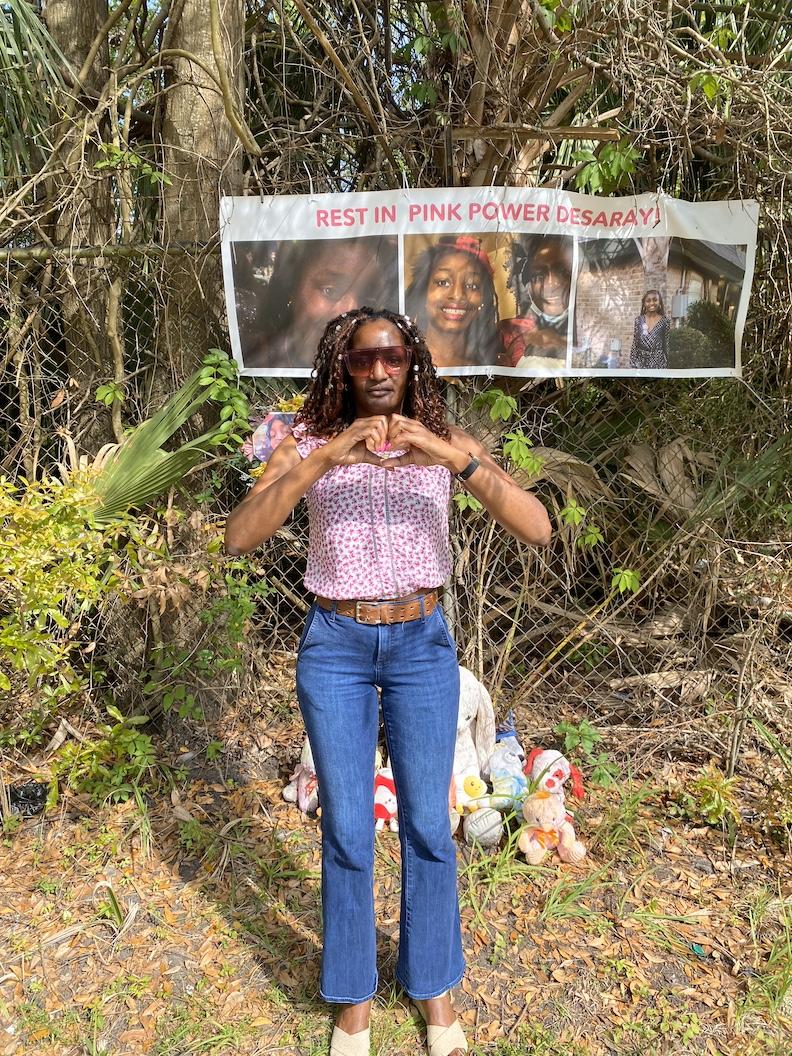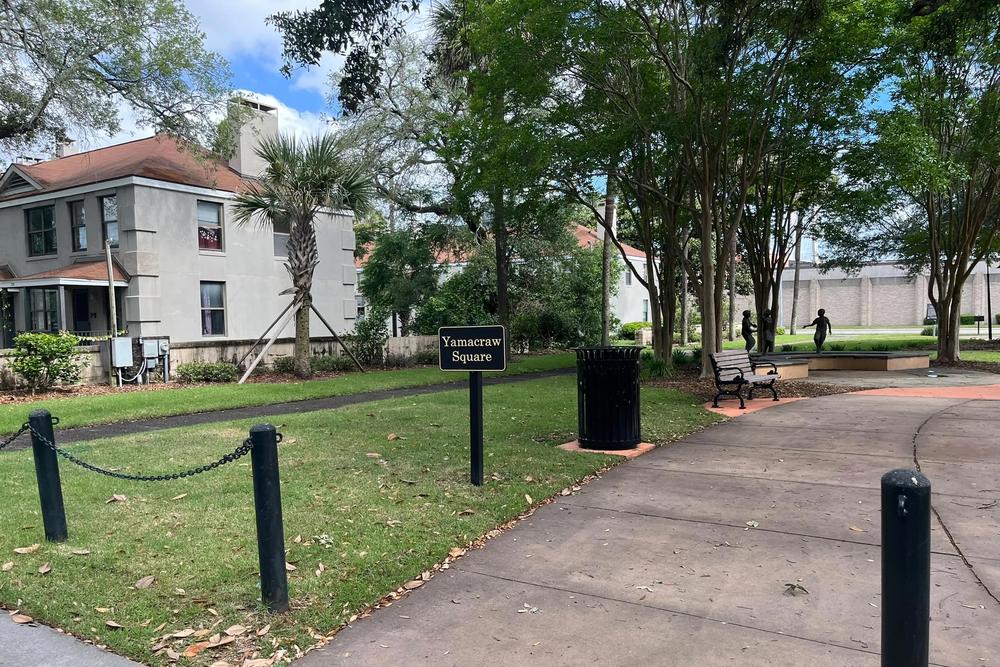
Caption
Yamacraw Village in Savannah, Georgia, is one of the nation’s oldest public housing projects. In 2022, Savannah’s city leaders unveiled Yamacraw Square, within the public housing complex, designed to pay tribute to the area’s African American and Native American history.
Credit: (Renuka Rayasam/KFF Health News)
